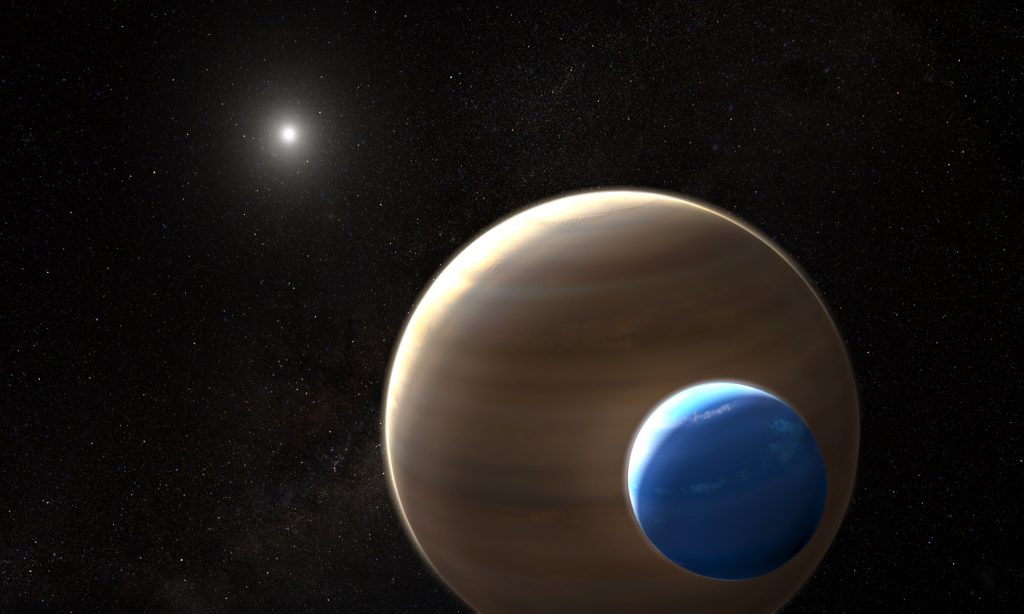Scoperto un nuovo candidato per l’esomone
Quasi tutti i pianeti del nostro sistema solare - e anche alcuni pianeti nani - sono orbitati da lune. In altri sistemi stellari, tuttavia, gli astronomi non sono ancora stati in grado di confermare definitivamente una sola luna. È perché non ci sono lune? Certamente no - la nostra tecnologia di osservazione semplicemente non è ancora pronta. Ma un articolo pubblicato su Nature Astronomy introduce ora almeno un nuovo candidato per un esomone. Se confermato come esomone, Kepler-1708 b-i - che è 2,6 volte più grande della Terra - potrebbe fornire un pezzo mancante del puzzle per comprendere la…
